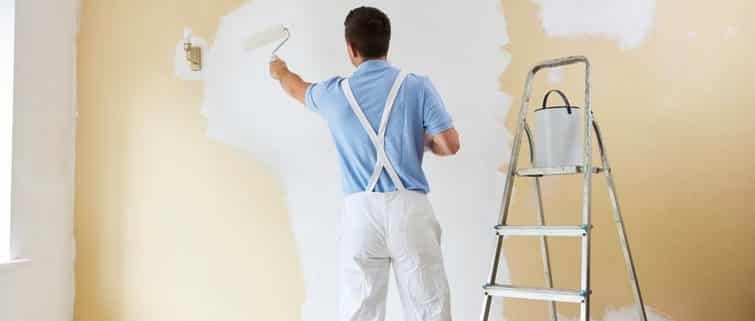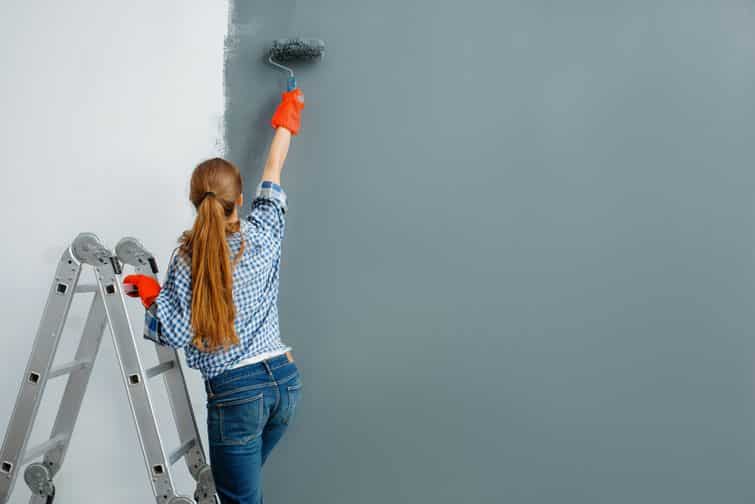When Do You Need A Permit For Home Renovations
If you’re considering remodelling a room by changing the windows and doors to make it more appealing, you’re probably wondering if you need a building permit. Or, perhaps, you want to reconstruct your living room into a modern, comfortable gathering space by adding square footage, but do you need a permit for that too?
Most homeowners don’t have the slightest knowledge of building permits and sometimes they think they don’t require one when working with considerable upgrades to their home like building an addition. In reality, any home renovation projects, including DIYs, require a permit. Completing the project without the proper permit can lead to drastic consequences.
Here’s what you must understand about permits before starting your renovation project.
What Is A Building Permit?
A building permit is a formal document from the City of Hamilton that authorizes you to begin construction, demolition, addition, or renovation on your property. Your home project must meet the objectives such as health, fire protection, accessibility, resource conservation, and other standards listed in the building code.
You can get a building permit application and other permit forms from your local building department within your municipality or by visiting the ePLANS page for printable forms. Submit the application to your municipality’s permit office, not the provincial government.
Along with your application, you must include:
- Application permit fee
- A scale floor plan
- Detailed construction drawings
- Site survey
As part of the building permit process, the Hamilton Building Permit Department will review your plans and drawings to confirm that the projected work observes the Ontario Building Code Requirements, local zoning bylaw, and other applicable laws.
After reviewing your proposal, you’ll need a zoning adjustment. If the proposed project doesn’t comply with the building code, a permit will not be issued until the necessary adaption is made. If it complies with all applicable laws and building requirements, typically it’ll only take from 1-3 weeks to be issued.
Aside from the building permit, you may also need a few of the following permits:
- Electrical permits
- Plumbing permits
- Gas permits
- Ventilation and air conditioning (HVAC) permits
- Demolition permits
- Sign variance permits
Which Home Improvements Require Permits?
Generally, under the Building Code Act, you will be mandated to have a permit to start construction that involves changes to the structure or systems of your home.
-
- Construction of a new building over ten square meters
- Renovations, repairs, or additions to an existing building
- Second or third-story additions
- Drywall repairs to fire separations in multi-unit residential buildings
- Attach garages, carports
- Sunrooms
- Solariums, porches, decks
- Finishing or partially finishing a basement or other spaces
- Structural or material alterations (i.e., new bathroom)
- Installing or modifying heating or plumbing systems
- Doing electrical work
- Excavating and/or constructing foundations
- Basement underpinning
- Constructing a basement entrance
- Adding a secondary suite to an existing house
- Structural or material alterations
- Adding or removing walls (non-load bearing and load-bearing walls)
- Adding new windows or doors where there were none before
- Enlarging or relocating existing windows or doors
- Enclosing an existing deck, porch, or patio of any size
- Changing the use of a building (from residential to office or single dwelling unit house to multi-dwelling unit house)
- Installation, replacement, or repairs of a private sewage system
Construction Projects That Don’t Require A Permit
The following are some renovations that don’t need any formal documents and aren’t liable to the provisions of the building code (provided they don’t entail changes to structures or systems of the house):
-
-
- Re-roofing
- Adding or replacing insulation
- Painting
- Re-cladding exterior walls
- Re-siding
- Installing flooring
- Installing bathroom or kitchen cabinets
- Replacing of windows and doors (provided the opening is not enlarged)
- Replacing existing plumbing fixtures in the same location
-
Consult with your remodelling contractor, or contact your municipal building permit office to determine if you need such a document.
Why Is A Permit Necessary?
Although arranging an authorization may appear inconvenient, this document exists for your safety and anyone on or around your property.
When you or your contractor don’t hold a permit for a project that has already begun and it appears you require a permit for that development, you will then be issued with a “stop work” order and be charged a fine. This will cause a delay in the renovating process until you acquire a permit.
If hazards are discovered within the framework against the safety codes, you might be instructed to redo it at your own expense or be told to stop the new structure completely. After that, when filing an insurance claim, you may even face future financial or legal issues.
Need A Professional Help For Your Home Renovation Project?
If figuring out which proper permits you ought to have for your renovation project and complying with the necessary measures seems like a hassle, hire a professional contractor knowledgeable about Hamilton building permits such as Honest Renovations.
Our job is not only to ensure you have a final space that looks and feels spectacular but also to ensure your project follows municipal and provincial requirements. If you’re still undecided about remodelling your home, our team can present the best plan based on your finances.







